Web3 Tools: A Functional Breakdown for the Real World
Web3 still has a reputation for being complex and experimental—but many tools have quietly matured. This guide offers a practical breakdown of key Web3 categories, showing how each tool works and what it actually does for the user.
1. Web3 Tools Wallets: Your Digital Key + Identity Layer
Function:
- Store cryptocurrencies (ETH, SOL, etc.)
- Authenticate access to dApps (decentralized apps)
- Sign transactions
- Vote in DAOs (Decentralized Autonomous Organizations)
- Manage NFTs and tokens
Popular Tools:
- MetaMask (Ethereum-focused browser extension)
- Rabby (Multi-chain wallet with transaction previews)
- Frame (Desktop-native wallet with enhanced UX)
- Argent (Smart wallet with social recovery and gas abstraction)
Why It Matters:
A wallet is no longer just a crypto vault—it’s your Web3 login, identity, and voting card. Tools like Argent even remove the need for writing down seed phrases, using trusted devices or people for recovery.
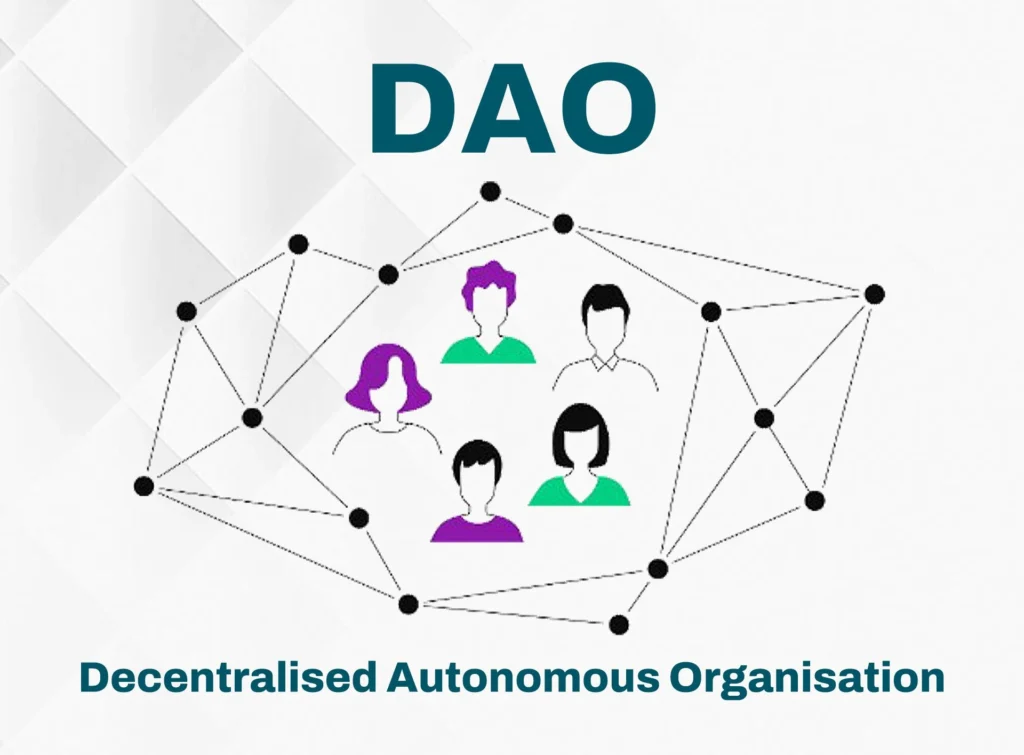
2. Web3 Tools Browsers & Extensions: Where Web3 Integrates with Web2
Function:
- Provide built-in privacy (ad/tracker blocking)
- Offer crypto rewards and wallet access
- Support dApps, NFTs, and DeFi directly in-browser
Popular Tools:
- Brave Browser (blocks ads, rewards users with BAT tokens)
- Phantom (Solana ecosystem wallet/browser extension)
- Lens Extension (enhances decentralized social features in-browser)
Why It Matters:
By integrating directly into browsers, Web3 tools reduce friction. Users don’t need to switch between platforms—they can interact with decentralized services just like they do with email or online shopping.
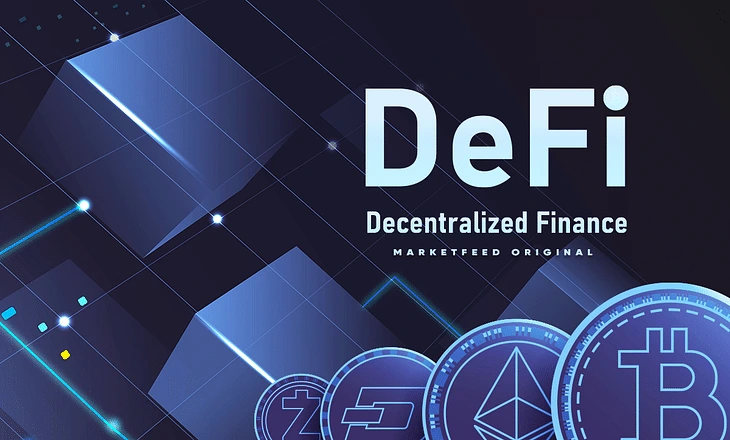
3. Decentralized Social Media: Control, Not Just Content
Function:
- Own your username, followers, and data
- Interact on-chain or via federated systems
- Migrate identities across platforms
Popular Tools:
- Farcaster (Ethereum L2-based social protocol)
- Lens Protocol (builds social graphs on-chain)
- Bluesky (federated but not fully Web3—uses AT Protocol)
Why It Matters:
These tools give users digital sovereignty—no centralized platform can deplatform you or sell your data. They’re still early-stage, but improving rapidly.
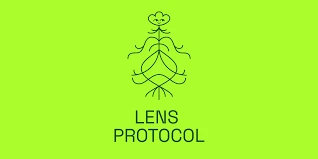
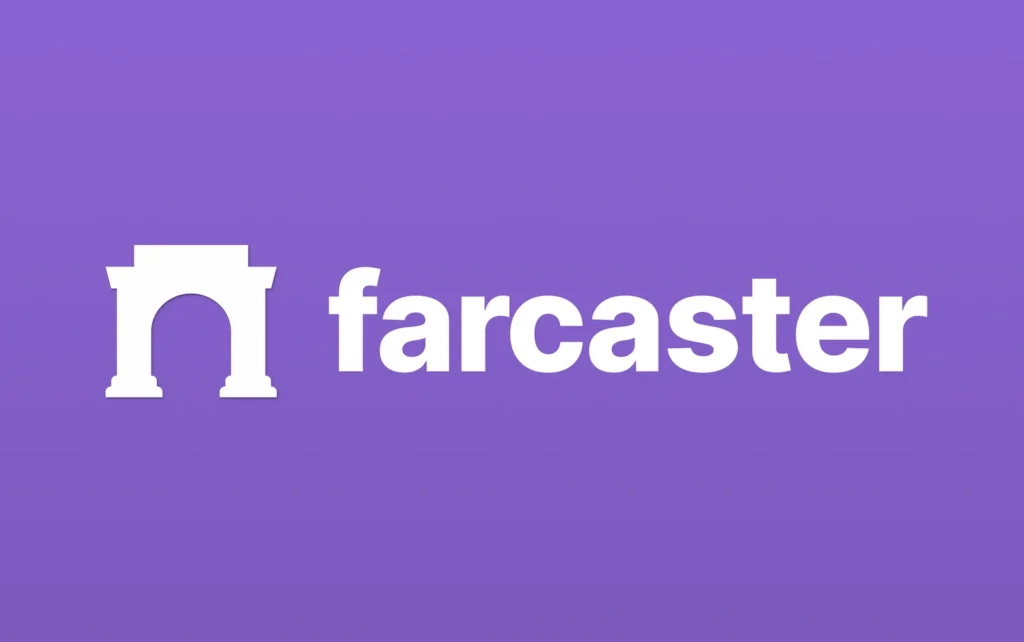
4. NFT Creation Platforms: Accessible Web3 Publishing
Function:
- Launch tokenized digital assets
- Gate content or experiences via NFT ownership
- Enable royalties and resale mechanisms
Popular Tools:
- Zora (mint and manage NFTs with minimal overhead)
- Manifold (no-code NFT creation for creators)
- Highlight (custom NFT drops, event access, memberships)
Why It Matters:
NFTs are evolving into practical tools, not just collectibles. These platforms lower the technical barrier, allowing creators and brands to issue assets without writing a line of Solidity.

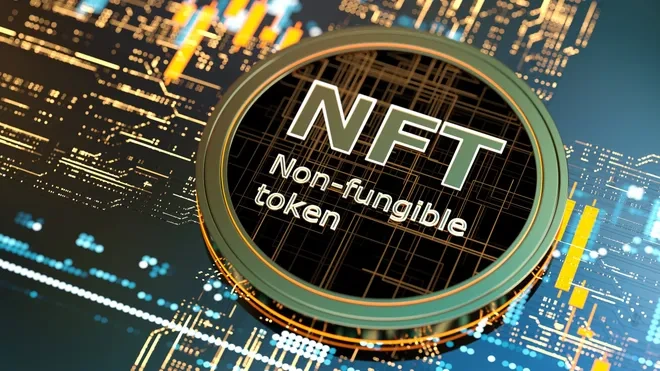
5. Usability & Onboarding: Still a Work in Progress
Current Challenges:
- Confusing wallet setup (seed phrases, gas fees)
- Poor onboarding for new users
- Interoperability between chains still maturing
- Lack of clear UX patterns across dApps
Improvements Underway:
- Social recovery wallets (e.g. Argent, Safe)
- Better UI/UX frameworks and open-source design kits
- Human-readable error messages and transaction previews
- Onboarding content via video platforms (YouTube, TikTok)
Why It Matters:
Web3 tools are only as good as their accessibility. The trend is moving toward simplicity, and the ecosystem is slowly shedding its “for devs only” skin.
Conclusion: Web3 Tools as Infrastructure, Not Gimmicks
Web3 isn’t just about crypto hype anymore—it’s about building functional digital infrastructure that prioritizes user control, transparency, and composability. Wallets, browsers, social tools, and NFT platforms are forming the base layer for a new kind of internet.
You don’t need to “go Web3” all at once. Just trying one tool—a privacy-focused browser, a smart wallet, or a creator platform—can give you a feel for where this tech is headed.
And maybe, just maybe, you’ll find a tool that doesn’t just make sense—it makes things better.
Relevant Link : Here



